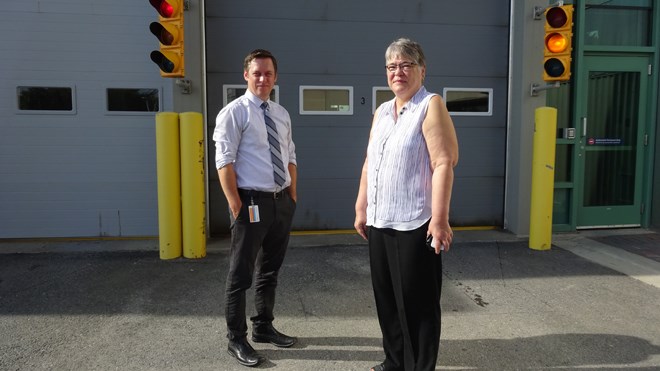The North East Local Health Integration Network will reduce the region's reliance on ambulances to transport non-urgent patients between northern cities thanks to new dedicated vehicles for that purpose.
Currently, across northeastern Ontario, virtually all long-distance non-urgent patient transfers are done using ambulances, which often means a return ride isn’t promptly available if the ambulance is called out to respond to an emergency.
Starting in early 2017, dedicated multi-patient vehicles will operate to and from both Timmins and District Hospital and Health Sciences North in Sudbury, including: Elliot Lake to Espanola to Sudbury (165 km); Mindemoya to Little Current to Espanola to Sudbury (163 km); Kapuskasing to Smooth Rock Falls to Timmins (166 km); and Cochrane to Iroquois Falls to Matheson to Timmins (224 km).
“Northerners want better coordinated care especially when they are older and need to travel long distances from their home community hospital to a larger hospital for tests or specialist consults,” said Louise Paquette, CEO of the North East Local Health Integration Network (NE LHIN), in a press release.
“After several years of hard work between the NE LHIN and area partners, this new model will help hospitals improve patient flow while getting patients to and from hospital-based medical appointments quickly and safely.”
Next steps will focus on finalizing the plan between the LHIN, participating hospitals and Emergency Medical Services; selecting a transportation service provider; designing and establishing dedicated non-urgent patient waiting areas in Timmins and Sudbury; and setting up the central non-urgent patient transportation dispatch function for the region.
